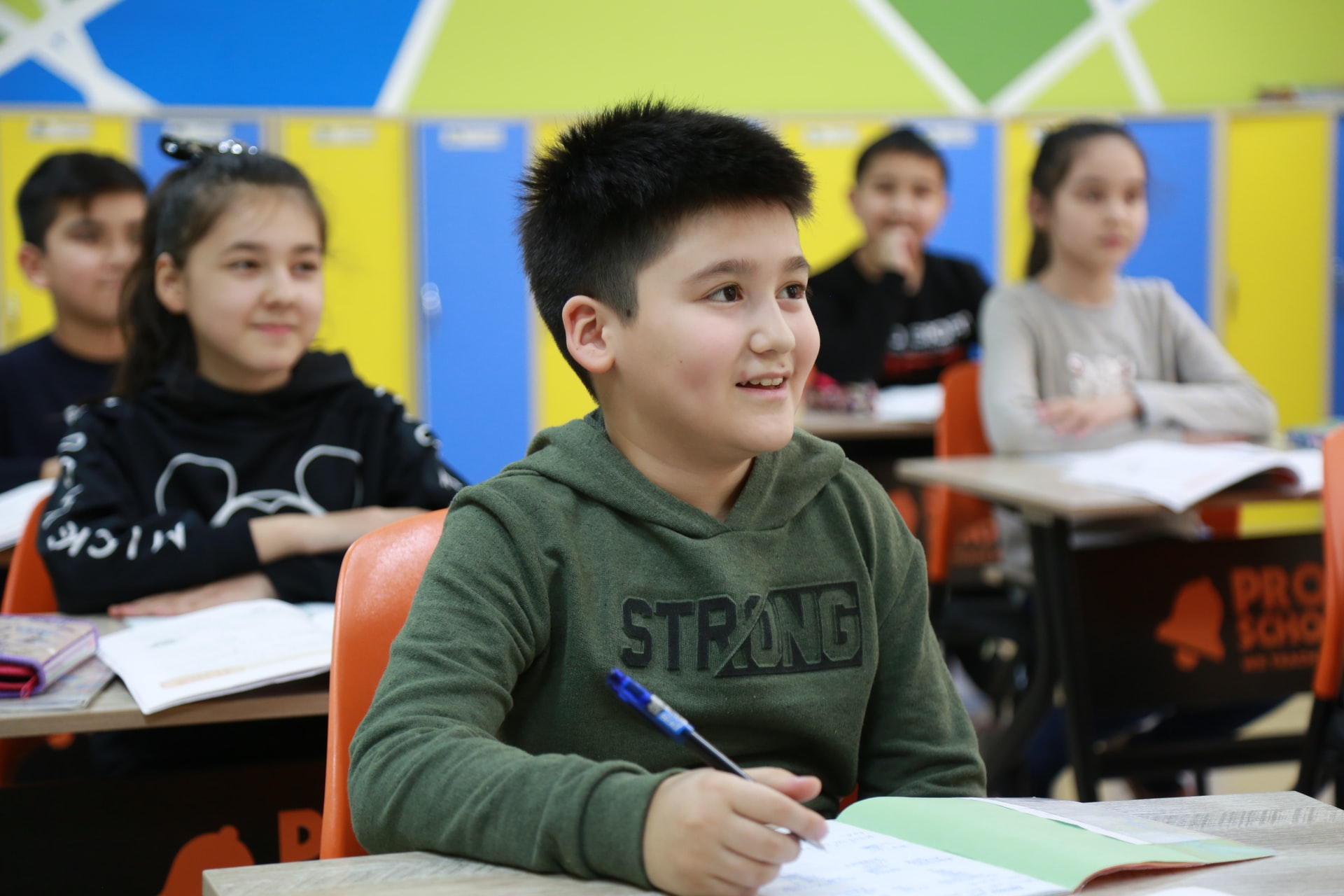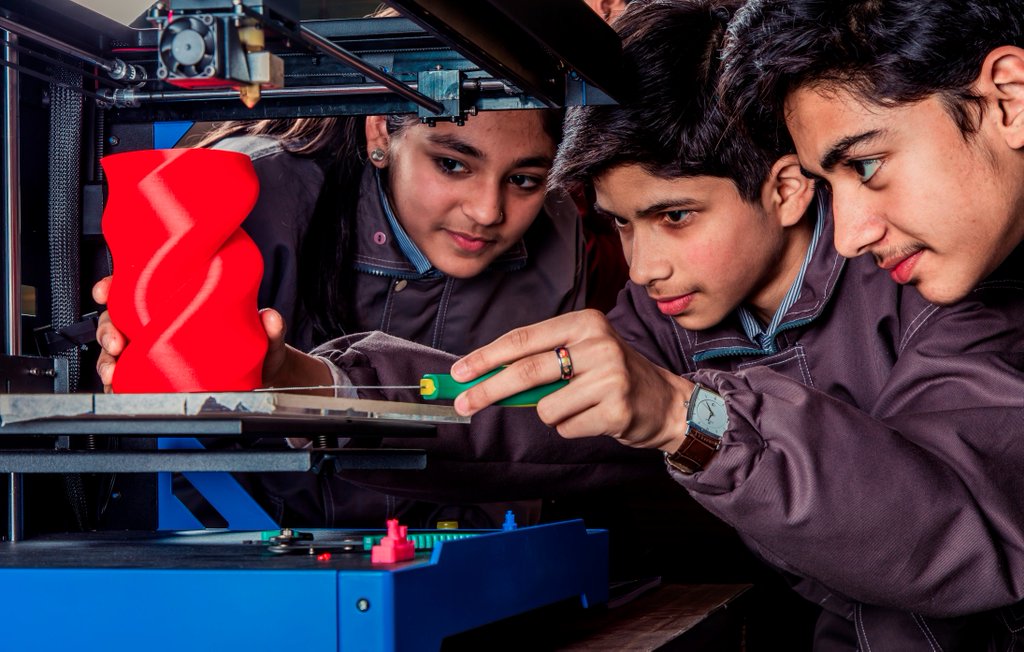
Top 10 of 2021: The pandemic threw the educational environment into chaos, but 15 months into it, it’s becoming clear that some of the pivots are here to stay.
Each year, we share our 10 most-read stories. Not surprisingly, many of this year’s Top 10 focused on student engagement and online or hybrid learning strategies related to pandemic teaching. This year’s 4th most-read story focuses on some learning strategies that have staying power.
In 2020, students, teachers, and parents made an extraordinary pivot to distance learning with no preparation at all. From the district's perspective, investments have been made in technology and infrastructure that may not have been made otherwise. We all gained phenomenal skills and insights as a result of having to make this abrupt turn, and then having to sustain that as the global pandemic persisted.
Now, we’re at a point where students, parents, and teachers all deserve to sustain those investments and the skills that they’ve built over time in order to reach one another and continue learning. There will be some undeniable academic, social, and emotional gaps, of course, because kids have been away from their friends, teachers have been away from their classrooms, and school leaders have been away from their buildings.
All that to say, the recovery period will be significant, but if teachers and students have shown us anything over the past 15 months, it’s that they will stop at nothing to get to each other and to the learning. Now, we’re working with a solid ground of new learning, new technology, and new ways of being together.
Here are five more learning strategies that are here to say:
1. The right direction now is forward. We’ve learned too much to go back. Remember, “normal” pre-pandemic learning left too many opportunity gaps, particularly for students with disabilities or Individualized Education Plans (IEPs). What has not and will not change is the instructional core: teachers, students, and content. This core remained constant, and the bottom line is that the brick-and-mortar school is a deeply held institution that we want to retain for most kids and families.
2. Some remote capabilities will remain. Some kids were really able to thrive in the online environment. Imagine an institution that could sustain some distance and blended learning for the students and teachers for whom it really worked out well. We now know how to bring large groups of people together much more simply in the virtual world; remote campuses or options would allow students and teachers the virtual experience to connect with content that may not be available in their neighborhood school buildings.
3. Leverage technology to narrowly target gaps. Students are coming back to us resilient and strong, with a new set of skills. Students and teachers will also return to us hurting; we have experienced significant trauma, either directly or through watching friends and family grapple with all of the events of this last year. Virtual platforms can help teachers individually diagnose and target narrow skills that may need recovery, or that may need to be built from the ground up. When we come back to the classroom this fall, we should consider narrowing which skills need more practice and recovery as accurately and deeply as we can. That way, we’re not looking at kids or teachers from a deficit model.
4. Triangulated data will light the path. We need multiple sources of strong, clear data to diagnose learning loss and recovery. Teachers need access to valid, reliable, and actionable data that is aligned to instructional tools with a pedagogical and scientific background of research. To accelerate student learning and healing, teachers will need to triangulate academic data with social and emotional evidence to make inclusive, instructional decisions. Sometimes, what appears to be a behavioral challenge is actually a learning frustration.
5. Continue adaptive blended learning models in brick-and-mortar classrooms. Thinking back to early 2020, when districts were shifting to remote learning, it became clear to us that what we were actually implementing was home school. This was particularly true for parents of students with disabilities and students who require individualized instruction and services. Adaptive, blended learning was the only way to reach our most impacted students during distance learning as the pandemic persisted. Adaptive, blended learning must be sustained in classrooms. Teachers remain centered in dynamic, engaging lessons and technology can help to target gaps based on what each child needs from that lesson. This, in turn, supports the adaptive blended learning model and ensures that every child gets what he or she needs from the specific lesson (and not the other way around).
Moving forward
Right now, most districts are eager to return to a brick-and-mortar experience for most students, and especially for elementary school students. Concurrently, there are still opportunities to leverage the technology investments we’ve made in 1:1 devices, the learning platforms that students have been using, and the agility that teachers showed in learning these multiple different platforms and models.
Working together, we can leverage what we have learned to individually track and diagnose the loss, narrow the gaps, and get everyone moving in the right direction: forward.
Learn more about Edtech with RobotLAB

For over a decade, RobotLAB is leading the Educational Robotics market with an innovative approach that makes Robotics and VR truly useful in the hands of educators. Our passionate team will guide you from point A to Z and beyond. Check our products by clicking below.


